As I’m sure you already know, cheese is an ancient product. This delicacy has been passed down from generation to generation until today. Do you know the history of sheep cheese?
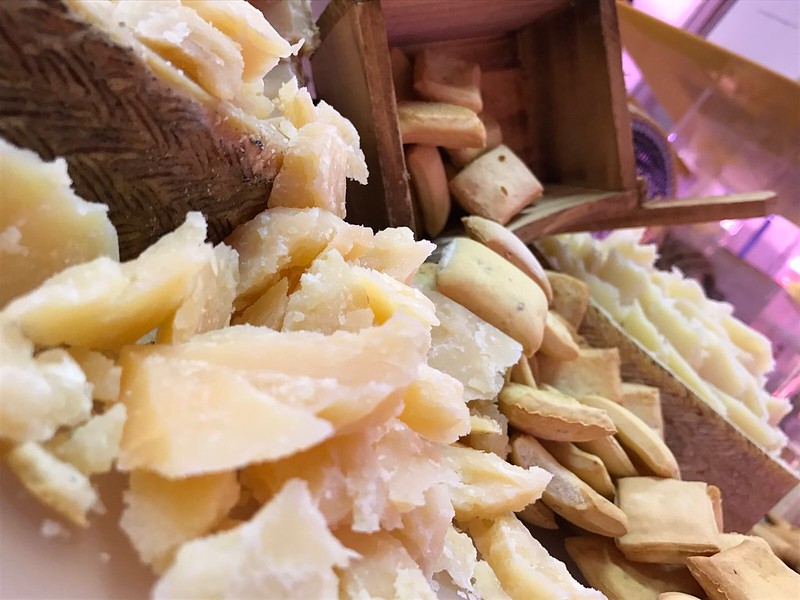
Sheep have been present throughout history. It has always been a fundamental pillar of our country’s economy. Their meat, wool and especially their milk have been highly valued and used, even as currency.
The kings of Spain granted many privileges to sheep, even more than to agriculture, given the wealth generated by the flocks in the Spanish economy.
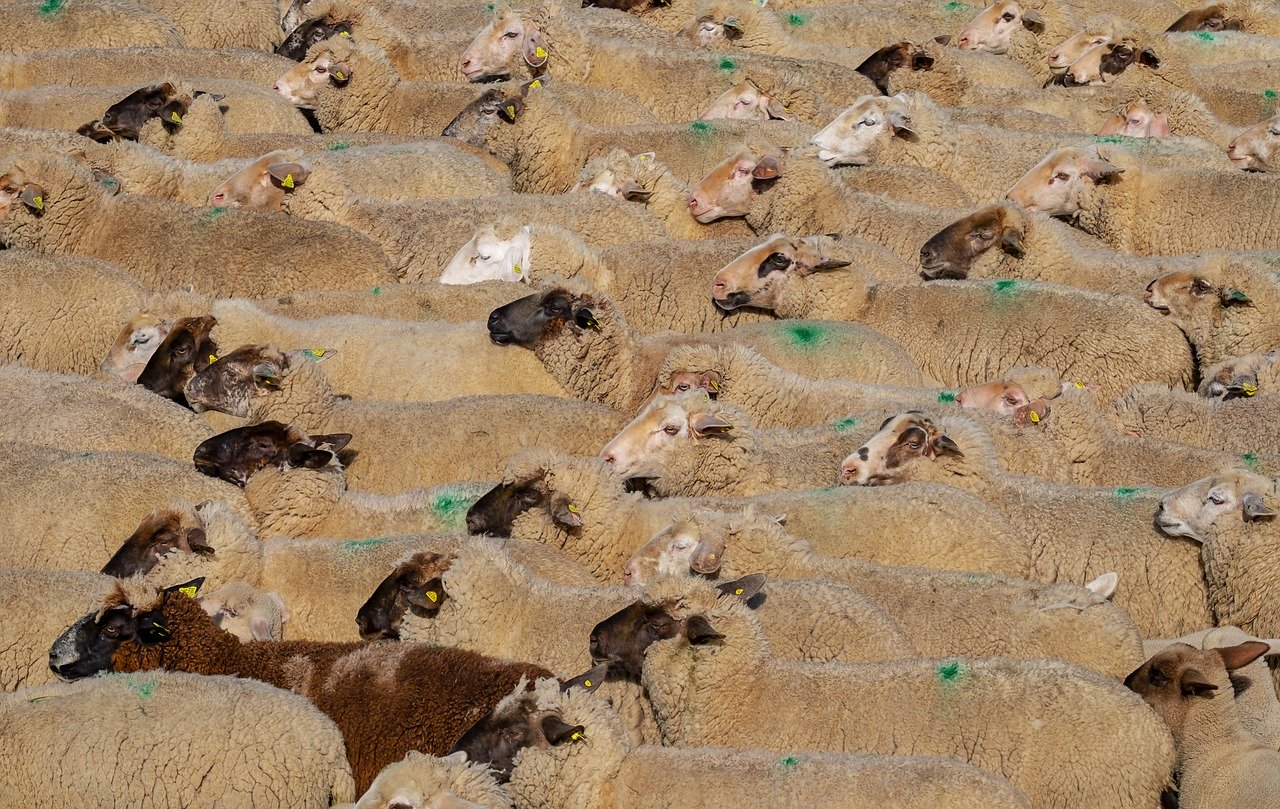
In the past, most of the population was related to sheep in one way or another: their meat was consumed as staple food, the wool was used to weave clothes and the milk was used as food for the shepherds… But not only for this! Its main production was dedicated to the production of sheep’s cheese, which was also highly valued as an object of exchange.
The Churra and Merina breeds are the sheep breeds most appreciated for the cheeses obtained from their milk.
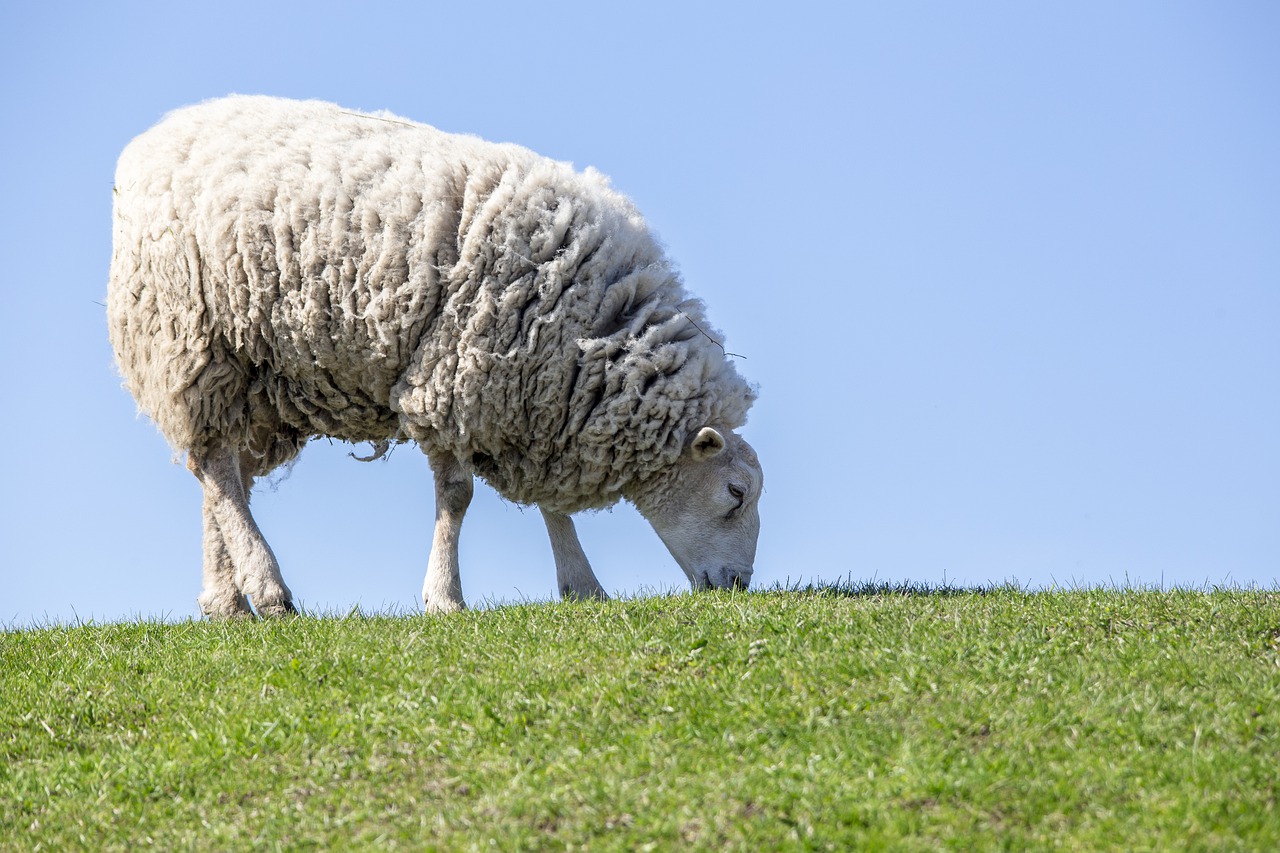
The quality of the milk was influenced, to a large extent, by the diet of the ewes. For this reason, shepherds were always looking for the best pastures, carrying out large movements of herds in different seasons.
They moved from the Spanish Meseta to warmer areas. This is what we call transhumance.
This is the origin of the famous Cañadas Reales, those paths along which the cattle used to move during these transhumance movements.
These paths are still being followed today, in the 21st century. It is quite a spectacle to see how thousands of sheep pass through the heart of big cities, such as Madrid in the month of October.
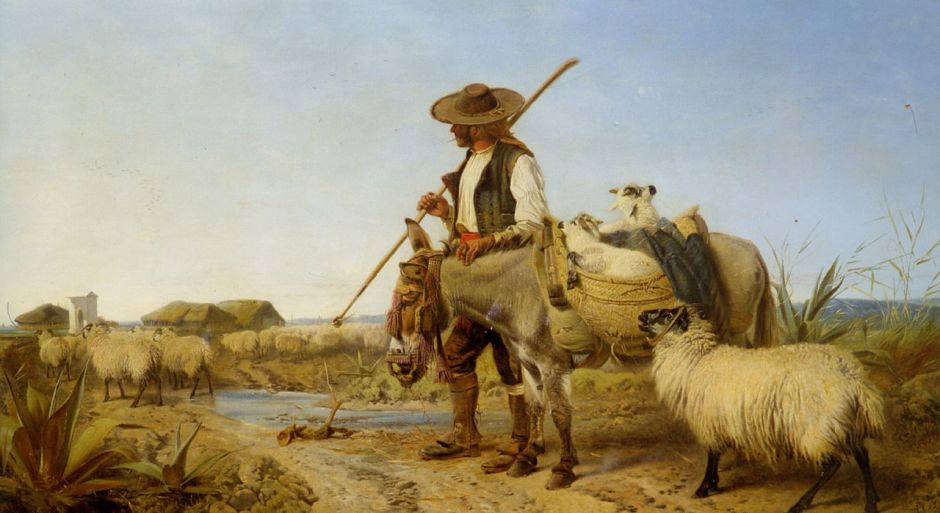
In their movements, the shepherds lived in the countryside, feeding themselves with what the countryside itself provided. In addition to tending their flocks, they also dedicated themselves to the production of sheep’s cheese.
A cheese that, according to the findings, is believed to have been discovered 10,000/12,000 years ago, after the first sheep were domesticated.
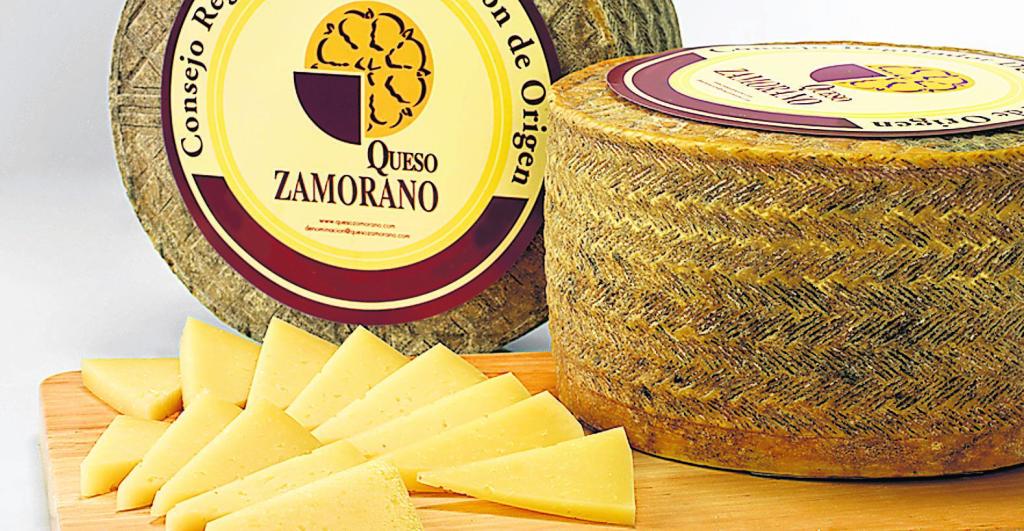
One of the earliest records, according to legend, tells of an Arab shepherd returning home with his sheep’s milk in a bag made from the gut of a lamb, and after walking in the sunshine and opening the bag, it was curdled.
At the beginning, only raw milk cheese was produced, until a microbiologist discovered pasteurization, which started to be used in this way and caused the disappearance of some organisms that damaged the cheese.
This tradition has been maintained over the years, where already in the 19th century the first family factories that produced cheeses with sheep’s milk appeared.
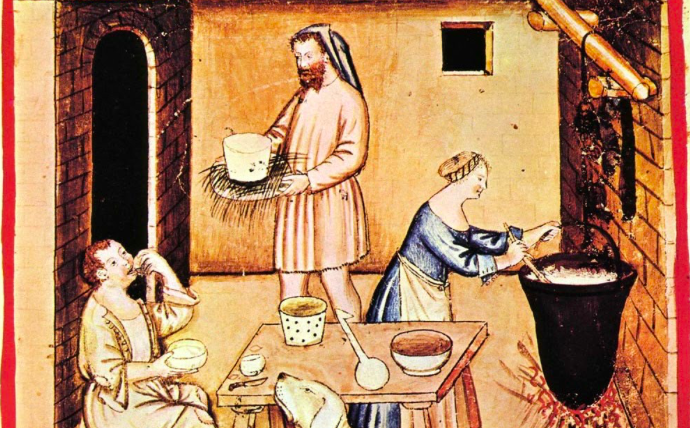
Traditions that are maintained to this day, because the shepherds continue to maintain the same care in their flocks and use most of the milk extracted for the subsequent production of sheep’s cheese. Do you know any more facts about the history of sheep’s milk cheese?
